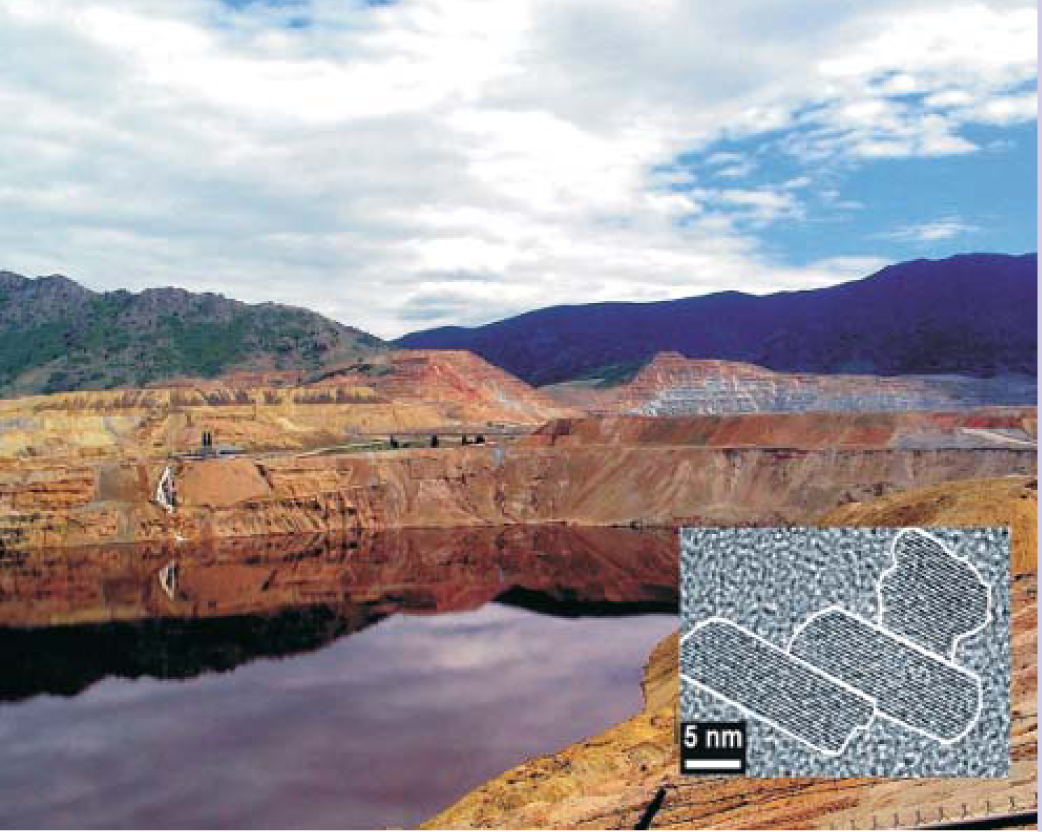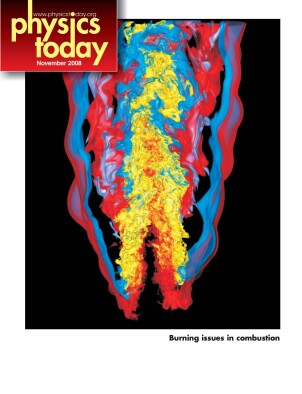NSF–EPA centers study safety of nanomaterials
DOI: 10.1063/1.3027986
With belt-tightening the norm these days, a 17 September announcement by NSF and the US Environmental Protection Agency was especially welcome: The two agencies upped their investment in studying the safety implications of nanotechnology from the intended $25 million to $38 million. That money goes to research in an area for which lawmakers threatened last spring to mandate more spending (see Physics Today, June 2008, page 24
The increase is to create two multi-campus, interdisciplinary research centers rather than one. The Center for Environmental Implications of Nanotechnology headed by the University of California, Los Angeles, will get $24 million, and the CEIN spearheaded by Duke University will get about $14 million. “It’s unusual that we are funding two and making a much bigger investment [than planned],” says Alan Tessier, a program director in the division of environmental biology at NSF, which is ponying up the additional funding for a total contribution of $33 million. “But the recommendations on both centers were unanimous. The two are complementary in type of science and approach, and environmental health and safety is a priority of the National Nanotechnology Initiative. We saw an opportunity.”
The centers’ goal, says UC-CEIN director André Nel, “is to establish a scientific basis [for] the safety assessment of nanomaterials through the use of a hardcore predictive science.” Adds Mark Wiesner, director of the Duke center, “We are looking from the molecular level up to ecosystems. How have cells adapted over time? What’s different about manufactured nanomaterials compared to what’s out there in nature? And what are the impacts on the environment? Those are key questions.” Although there may be some overlap with existing nanocenters, Wiesner says, the CEINs “are the first to look at physical, biochemical, and ecological issues. Others look at applications of nanomaterials and the social dimensions of nanotechnology.” (See the article by Cyrus Mody in Physics Today, October 2008, page 38
Research at the Duke CEIN—whose main partners are Carnegie Mellon University, Virginia Tech, and Howard University—will center on 32 closet-sized ecosystems, or mesocosms, to be set up in the forests near the Durham, North Carolina, campus. “We can introduce nanomaterials and monitor the mesocosm for a year or more to understand how [the nanomaterials] move and are transformed—through oxidation, reduction, agglomeration, loss of coatings,” says the center’s deputy director, Greg Lowry of CMU. “We will focus on a metal, a metal oxide, and a carbon nanomaterial.” The metal, he adds, will “probably be silver, because it’s used in so many commercial products.”
At the UC-CEIN, says Nel, “We will look at the effects of nanomaterials on cells—yeast, bacteria, embryos—to learn which materials are likely to be dangerous. We will look at terrestrial systems, fresh water, sea water…. That will allow us to classify and prioritize in terms of safety. From high-throughput interactions, we hope to develop insight into what nanomaterial properties relate to physical hazards.” Most toxicological manifestations are the result of perhaps a dozen common biological pathways or mechanisms, Nel adds. “We use the pathway to test a lot of materials at the same time—you can do thousands of these comparisons in one day—and then build a risk assessment system. This is probably one of the most novel pursuits of the UC-CEIN. High throughput is needed because we do not want to end up with 50 000-plus untested compounds as [is the case with] industrial chemicals.”
Partners in the California center include several UC campuses, Columbia University, and the University of Texas, El Paso. Both CEINs have international partners that will not receive US funding.
“We are looking at [the centers] as a means to develop nanotechnology responsibly,” says Nora Savage, the EPA program officer for the CEINs. “We have had technologies before that resulted in unintended adverse impacts, including CFCs, which are great for refrigeration but ended up doing serious damage to the stratospheric ozone layer, and DDT, which is a great pesticide but ended up causing extensive damage to the ecosystem. So we are trying to understand ahead of time whether potential effects from nanotechnology might arise from a complete life-cycle perspective, and if so, can these be minimized so that we can maximize the benefit of the new technology.”

Mineral nanoparticles (inset) serve as a vehicle for transporting toxic heavy metals downstream from areas near the Berkeley Pit in Butte, Montana. Such interactions of nanomaterials with life and the environment are the focus of two new NSF–EPA nanocenters.
MICHAEL HOCHELLA AND KELLY HAUS, VIRGINIA TECH

More about the Authors
Toni Feder. American Center for Physics, One Physics Ellipse, College Park, Maryland 20740-3842, US . tfeder@aip.org





